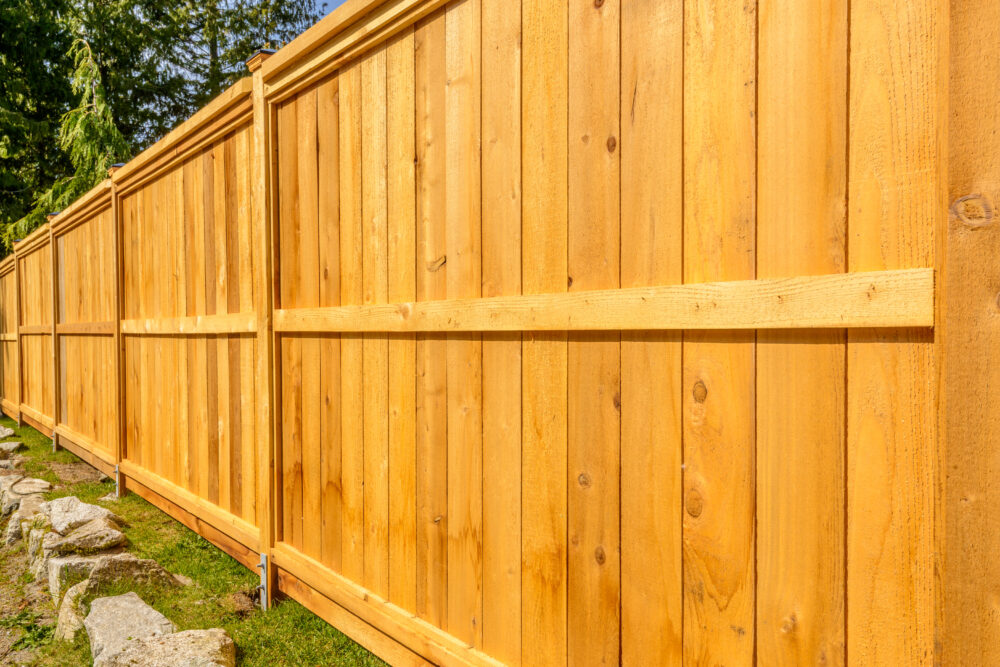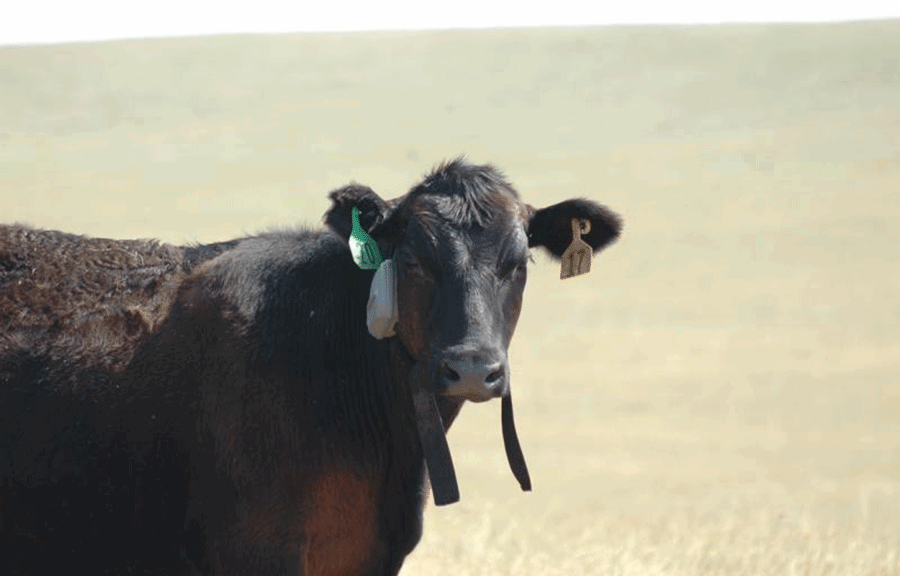The post How To Erect Colorbond Fencing appeared first on Fencing Quotes Online.
On This Page
How to Install Colorbond Fence Installing a Colorbond fence Place and level the posts Install rails and panels Installing a Colorbond fence on a slopeInstalling a Colorbond Fence
Choose fence posts in one colour, fencing in another colour and match capping with the posts or choose a different colour for the lattice. A colorbond colour chart will be helpful for this.  Once the posts are installed, the rest is relatively easy.
Once the posts are installed, the rest is relatively easy.
04:18. Gates & fencing how to install colorbond fence panels once you’ve set up the posts and frame for a colorbond fence, it’s time to attach the infill sheets. Follow our step-by-step guide and we’ll show you how.
How to install a Colorbond fence
When installing a perth colourbond fence to an existing landscape, rarely are two jobs ever the same. On initial quote/inspection, we take into consideration how the colorbond fence will sit on the landscape; this being how the bottom rail will look when installed. The main thing to consider when installing colorbond fencing is how much of a gap will be exposed. When installing colorbond fencing to even ground it easy to install the bottom colorbond fence rail to the flat surface leaving little to no gap at all. This is what we consider to be the perfect situation when installing your new colorbond fence. Unfortunately, as mentioned, this is not always the case. Where the ground is uneven or sloped we offer two types of colorbond fence installations to accommodate. As the choice ultimately is for the customer to decide, there are things to consider. The first type of perth colorbond fence installation is a stepped finish, this is where the colourbond fence is stepped down the slope. The first colorbond fence post/rail join is installed at a point where it meets the ground. As the slope falls away, the colourbond fence rail will run at a 90 degree angle for the length of the standard colorbond fence panel (2. 4mtrs). This will leave a gap at the bottom end. The gap will be more obvious pending on how steep the fall on the landscape.
![[seo_image_url]](http://fencingquotesonline.com.au/wp-content/uploads/2020/03/ColorBond-Fencing.png)
We offer a number of solutions; if the customer decides on this type of colorbond fence installation, as is commonly the case, we offer to install as an addition to the colorbond fence panel a ‘plinth’. This is a steel or timber infill section that is designed to accommodate the gap to a height of approximately 200mm. Where a colorbond fence plinth is installed, we use longer than standard colourbond fence posts to make sure the colourbond fence post is properly anchored to an appropriate depth. The second type of perth colorbond fence installation is a sloped/raked finish. This is where the colorbond fence accommodates the slope with the bottom colorbond fence rail running flat to the surface at the length of the standard colourbond fence panel, 2. 4mtrs. With this type of installation, longer colorbond fence sheets must be used to accommodate the fall. The colourbond fence installation on this type of install as well as additional colorbond fence materials will also include extra labour to customise the colourbond fence panel as per the landscape.
Installing colorbond fence panels. Insert the rail between the first and second post, making sure it is level. Screw through the post, into the bottom rail to secure it. Starting at one corner, insert the bottom of the panel near the end post and tip it onto an angle.
Place and level the posts
It’s important before setting the posts that you check that the fence is level. Place the spirit level on the plinth board to make sure it’s flat. If necessary, adjust the soil level below the plinth to get it flat.

Install rails and panels
Installing a colorbond fence is very achievable, provided you have the right materials, tools and a helping hand. For the installation, you’ll need your colorbond infill panels, fence capping, screws and top and bottom rails for materials.
Installing a Colorbond fence on a slope
As a general rule, you should have at least one other person to help you lift the panels. Installing on flat ground is a relatively straight forward process, but if your fence is on a slope it can be a lot more difficult. As a general rule, you should have at least one other person to help you lift the panels. Installing on flat ground is a relatively straight forward process, but if your fence is on a slope it can be a lot more difficult. Each post must also be perfectly plumb. If this isn’t done accurately, your fence is not going to line up. Fitting colorbond fencing on a hill or slope is trickier than on a flat surface.
The post How To Erect Colorbond Fencing appeared first on Fencing Quotes Online.











